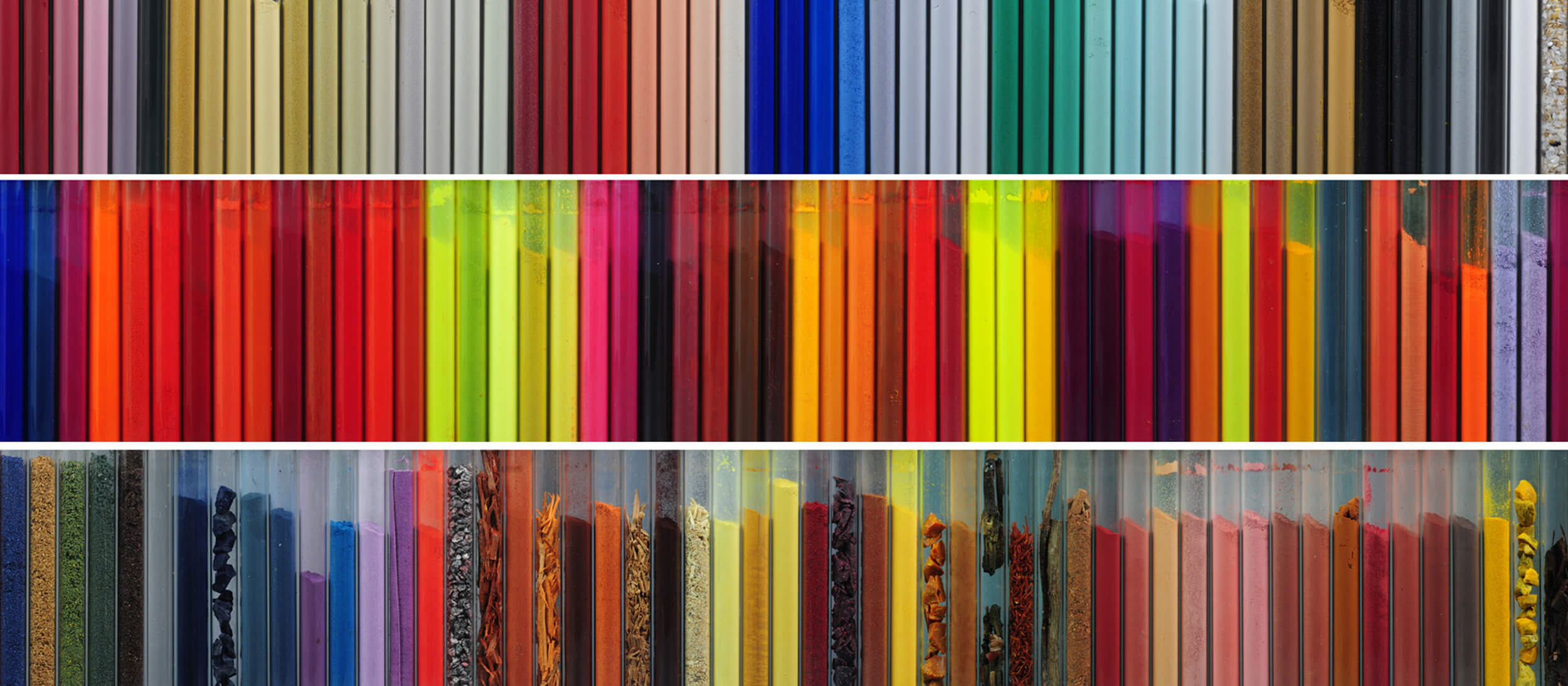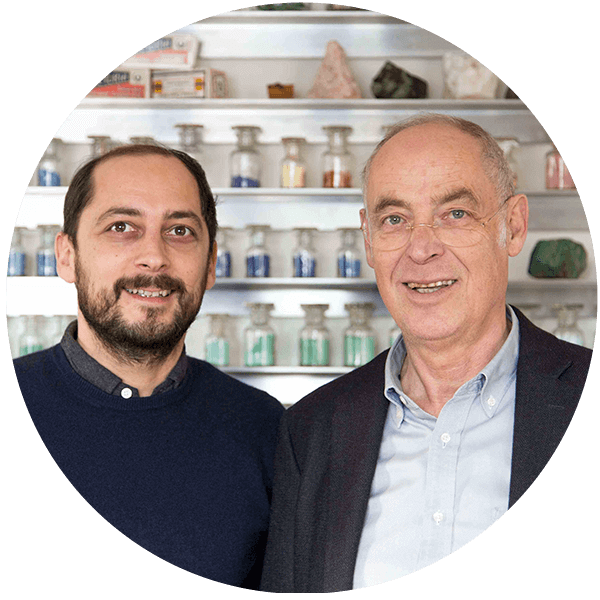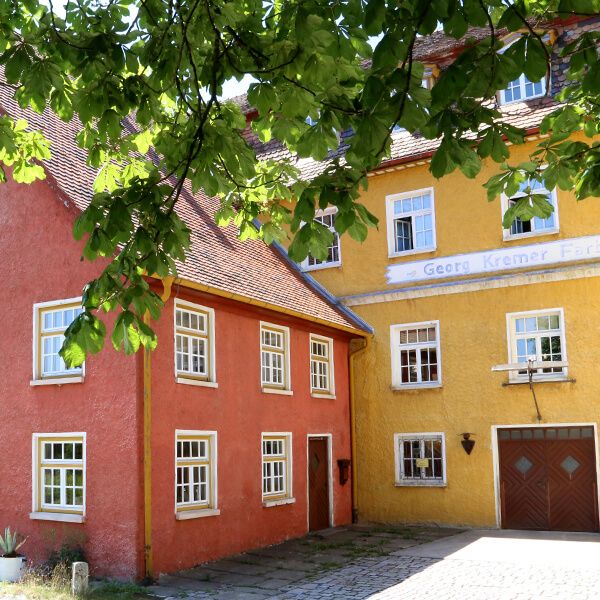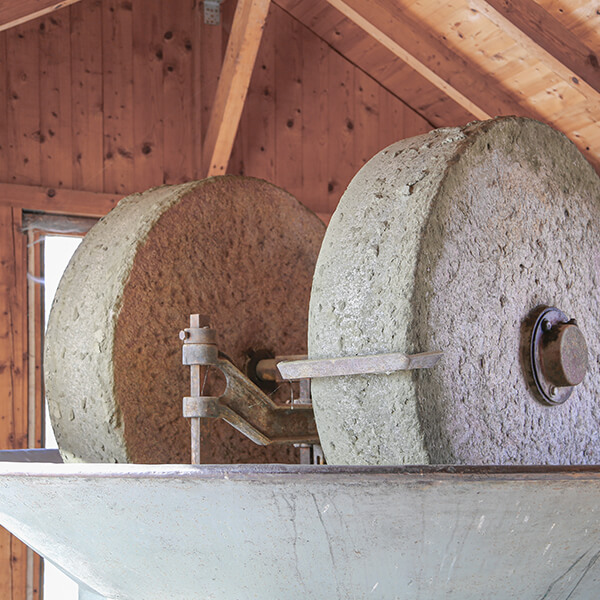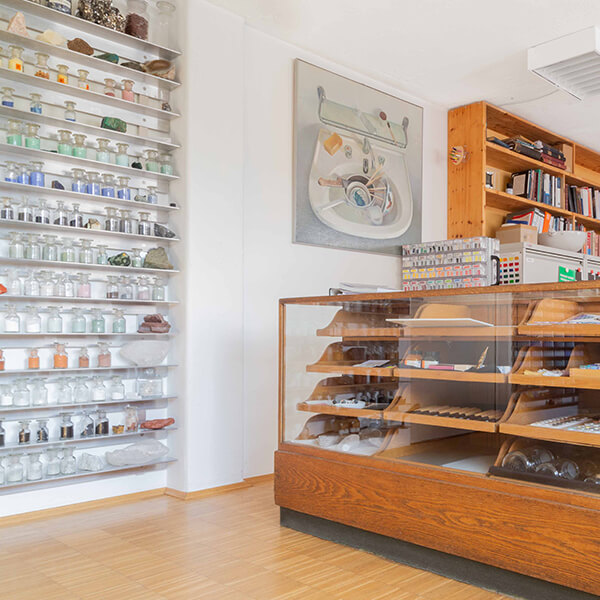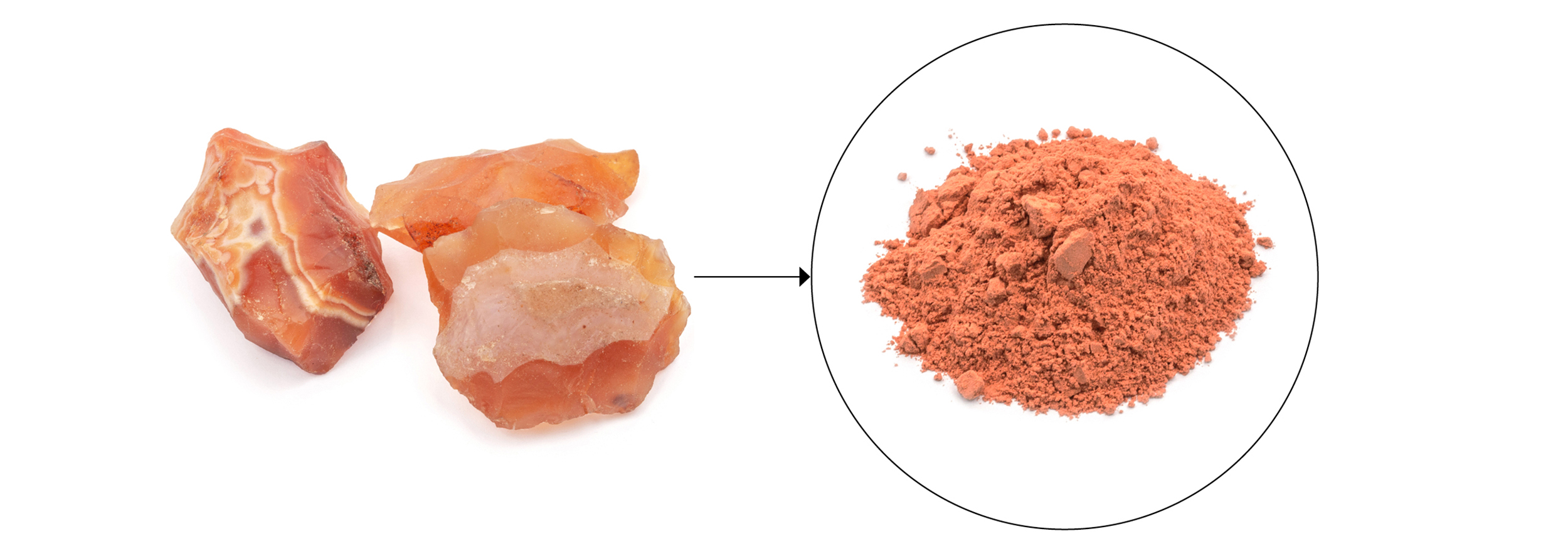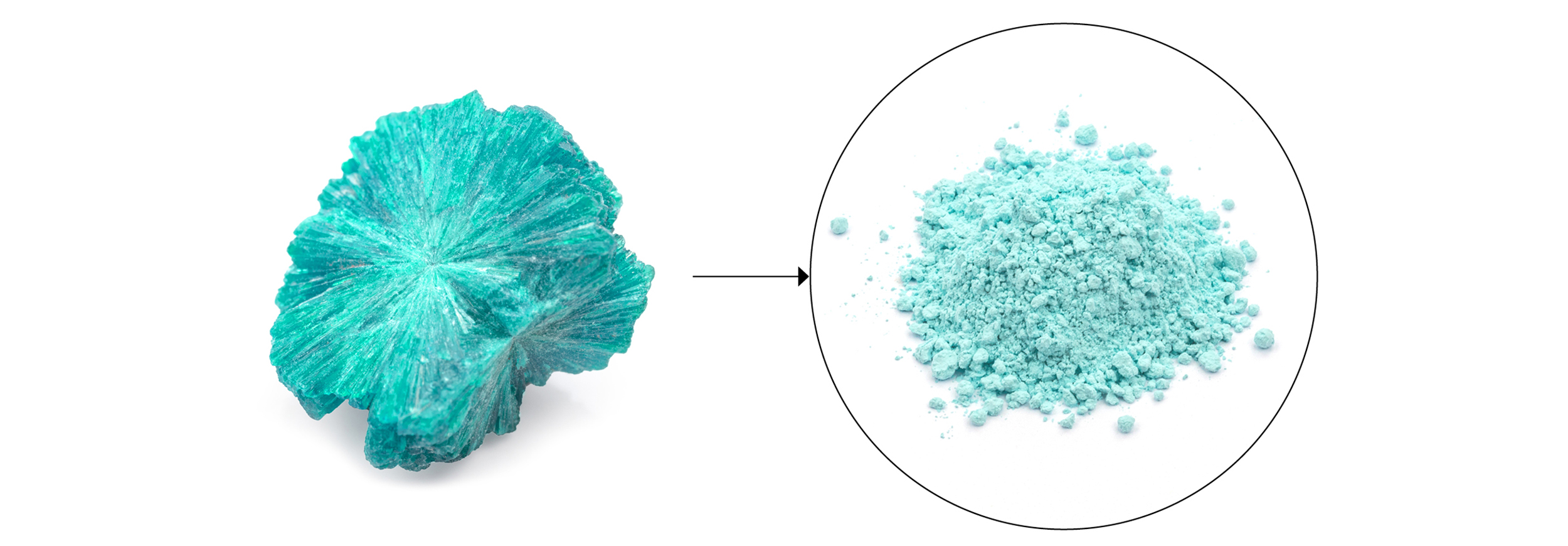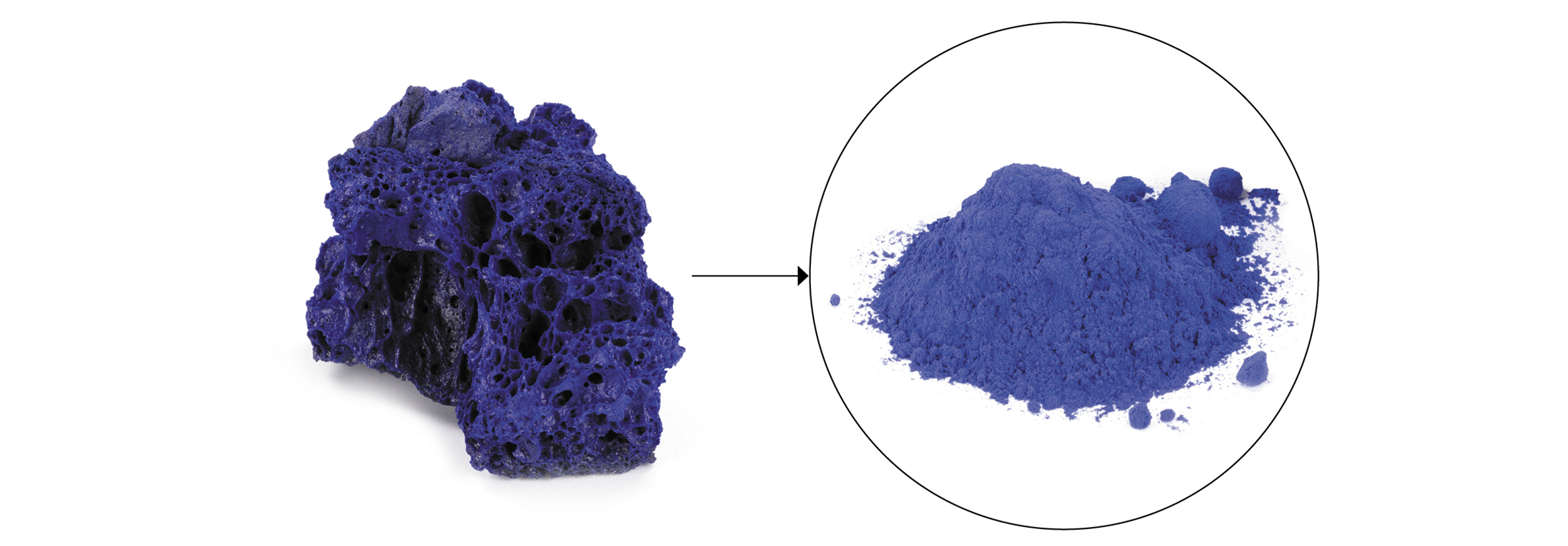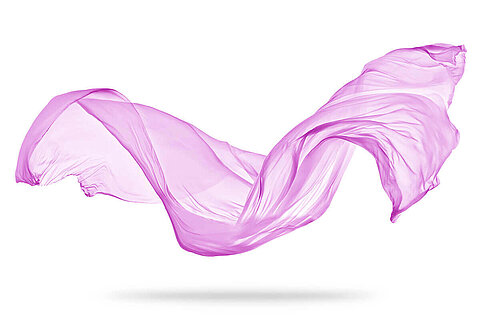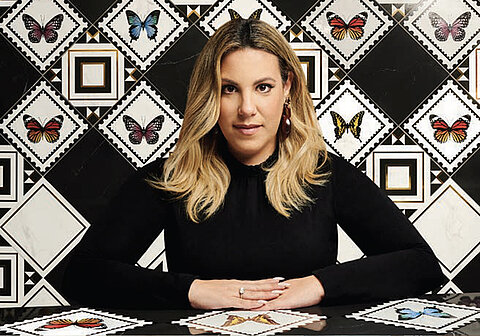Since 1977, the family-owned company Kremer Pigmente has been synonymous worldwide with high-quality products for restoration and preservation of historical monuments, painting and crafts. Kremer, based in Aichstetten/Allgäu, specialises in the production of rare historical pigments.
It was sometime in the seventies when history took its course. Georg Kremer, a chemist by profession, was asked for help by a restorer friend. During the restoration of a fresco, it turned out that the cobalt blue used was exactly the same as the original in the light, but at rather darker times of day it was no longer recognisable. This was a problem that Georg Kremer investigated with chemical interest and with the help of literature on pigments, some of which was centuries old. The result: the production of true-to-the-original cobalt blue was successful, the fascination for the subject of colour was awakened, and the idea of making the ancient knowledge marketable again was born.
Today, more than 40 years later, David Kremer runs the manufactory, which is located in a historic flour mill. Here, in the traditional surroundings, not only are the pigments produced according to old craftsmanship, here the atmosphere is created for receiving visitors in a showroom. Whether colour experts from the Louvre, restorers of Dresden's Frauenkirche or respected painters of contemporary art - all rely on Kremer Pigments when it comes to producing valuable colours and recreating the finest nuances of colour.
"To strike the right note, pure colour knowledge is not enough. Above all, knowledge of materiality is crucial," says David Kremer. "A colour has a completely different effect on a smooth canvas than on rough stone. Therefore, we are on the road a lot, travelling to our clients to see and evaluate their projects with our own eyes."
Developing a solution, then, means finding the recipe that does the job in terms of colour, tone and materiality. Within a range of over 1,500 pigments, more than 300 pigments produced in-house are available: Basic materials for paints, some of whose formulations go back to centuries-old knowledge that was considered forgotten in the course of industrialisation. Historical values that Kremer Pigmente has brought back to life.
Pigments are produced today just as they were 500 years ago. From semi-precious stones and other minerals, but also from plants and animal raw materials. The ingredients, some of which are valuable, are imported from the same regions as before - from the most remote areas in South America, Asia or Africa. You always know that every colour shade will turn out a little different with every delivery, because they are natural products. Nevertheless, industrially produced colour pigments are not an option for David Kremer. "Natural pigments consist of tiny crystals, each of which has a different surface. Industrial pigments, on the other hand, are identical down to the smallest part. This has advantages for many applications, for example for the production of car paint, i.e. everywhere where requirements have to be met. The varied surface of natural pigments, however, is what makes them so attractive and special. Each crystal reflects light in a different way. This gives the colour depth - and that is exactly what artists and restorers want."
„With natural pigments, no two grains are the same. So light is reflected in the smallest space in the most diverse ways. A interupption is created, which is what creates the excitement.“
David Kremer
Of course, time has not stood still in Aichstetten. Even though the production of historical pigments is primarily about combining historical knowledge and family secrets, digital aids come into play here. "But only in certain applications," explains David Kremer, "of course we could weigh the grammages of different ingredients by software. However, much more important here is experience with the behaviour of pigments and a sure instinct!"
To ensure that precisely this experience and this feeling for colours are not forgotten again, David Kremer is highly committed to passing on this ancient knowledge. Directly on site in Aichstetten, and at various universities and institutes, designers, artists, restorers, students and trainees workshops including specialist lectures are offered on all aspects of colour production with natural pigments. "It is a personal concern of mine that this tradition and its associated colour experience are preserved".


